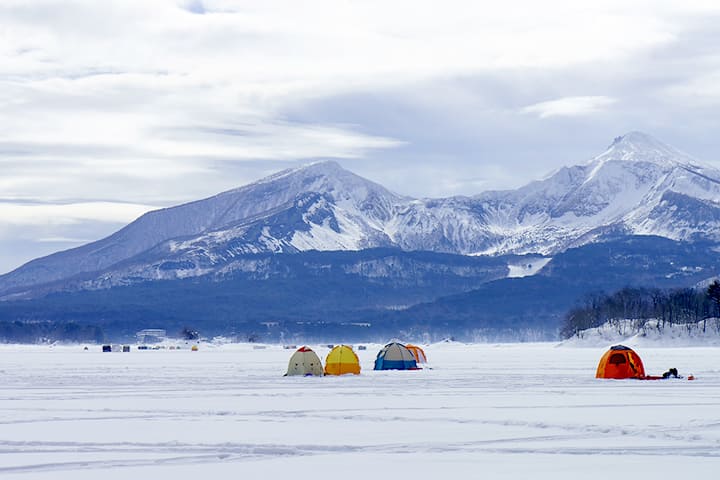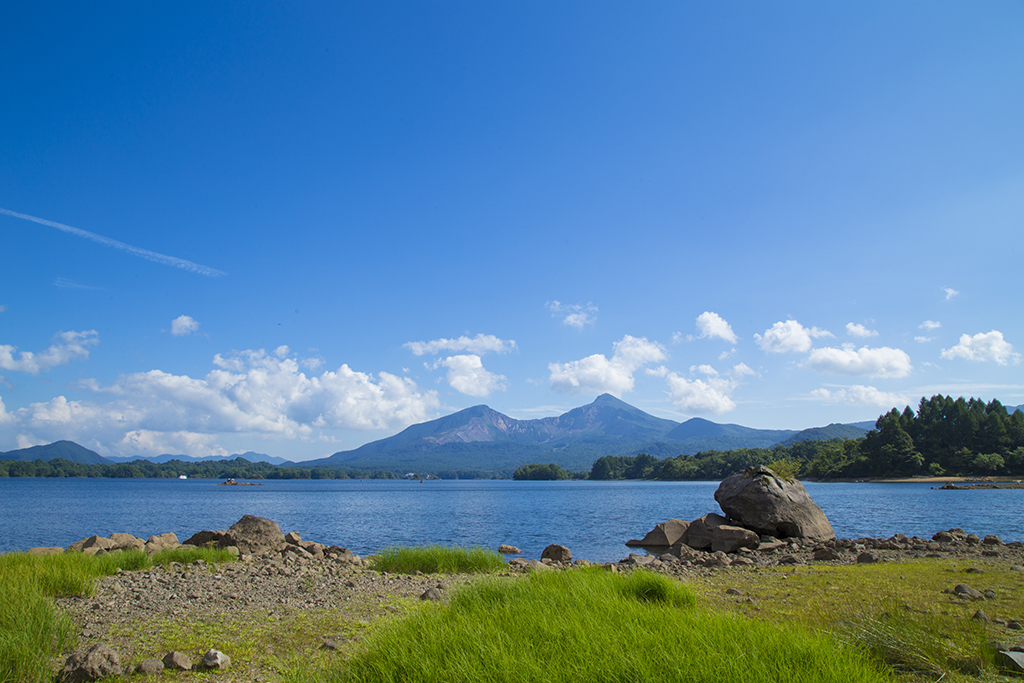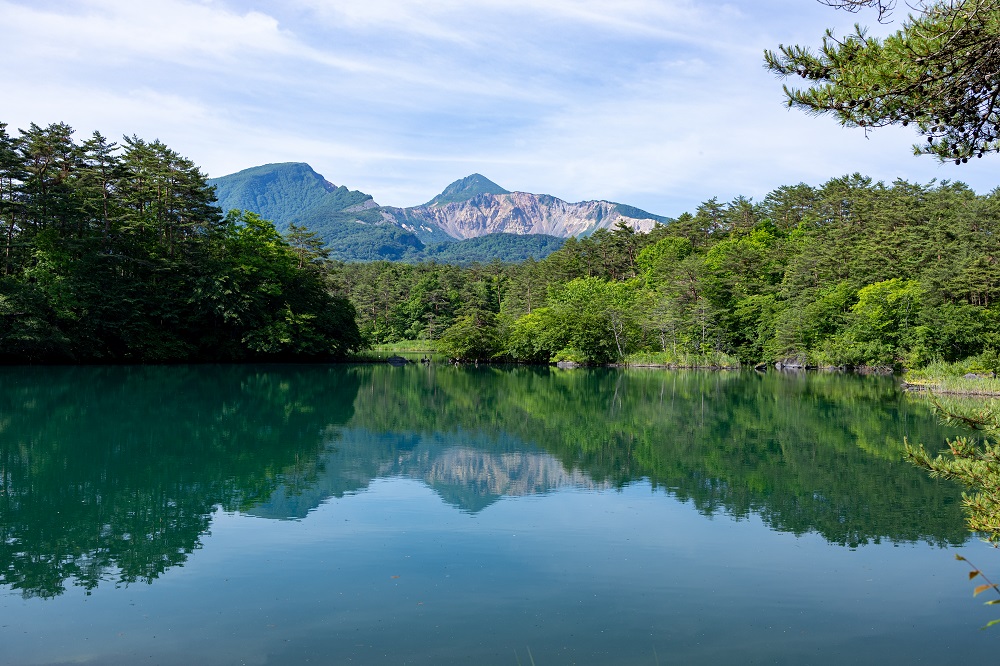
Publication date:2024/10/07
Revision date:2025/01/14
A volcano with an elevation of 1,816 meters, spanning Inawashiro Town, Bandai Town, and Kitashiobara Village. Also known as Aizu Fuji (Mt. Fuji of Aizu), it is counted among Japan’s 100 Famous Mountains, and in 2011, it was certified as a Japan Geopark. Multiple volcanic eruptions and collapses have shaped the mountain, resulting in breathtaking scenery at its base.
The mountain collapsed on the north side of the mountain when it erupted in 1888. The beautiful Omote-Bandai (south side) and the rugged Urabandai (north side) offer different views.
There are several trails, and it is crowded with hikers in the summer.
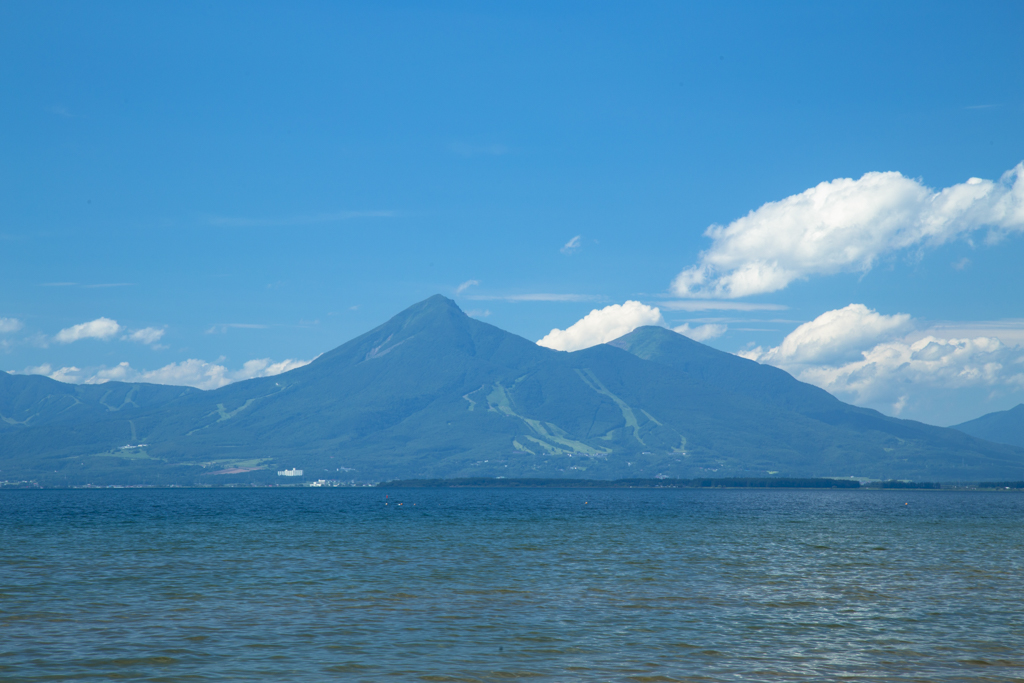
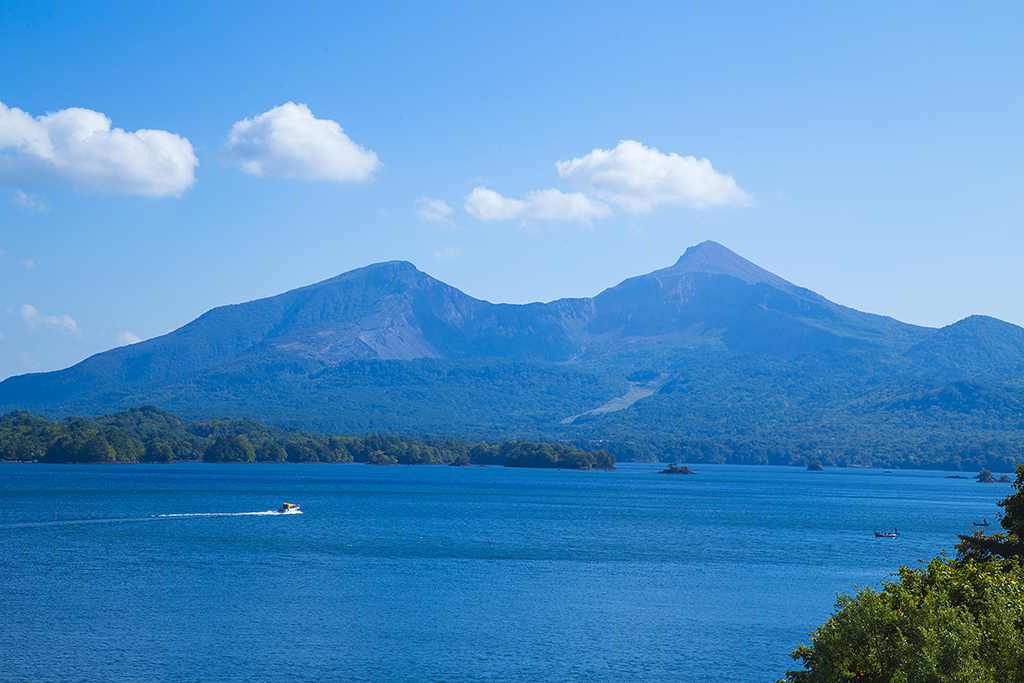
The Mt. Bandai Gold Line, which crosses Mt. Bandai from north to south, is popular for driving and touring.
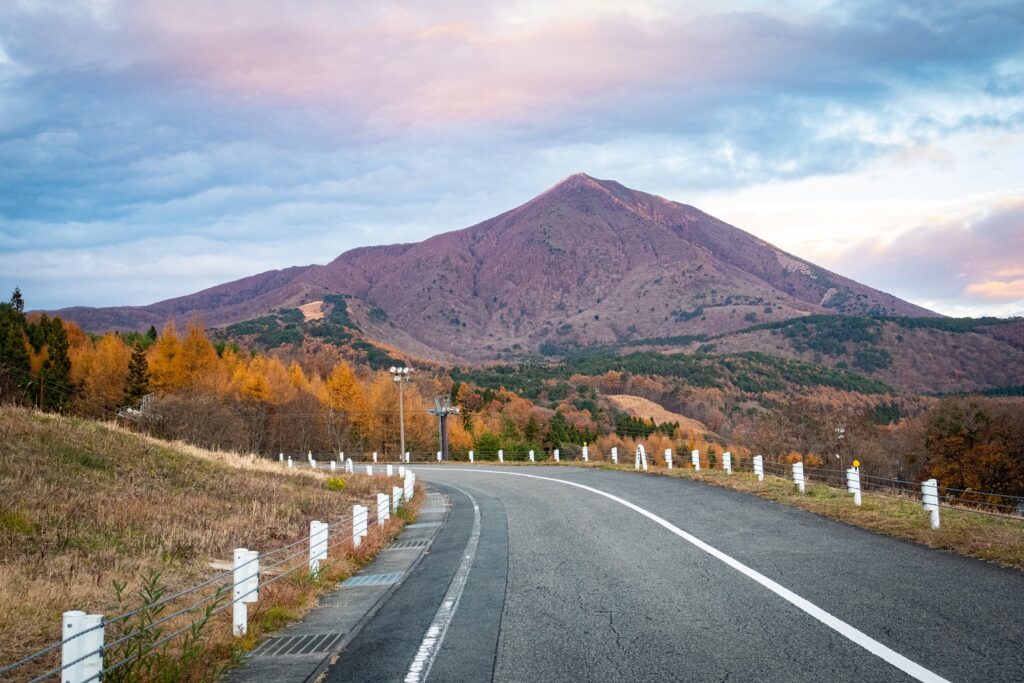
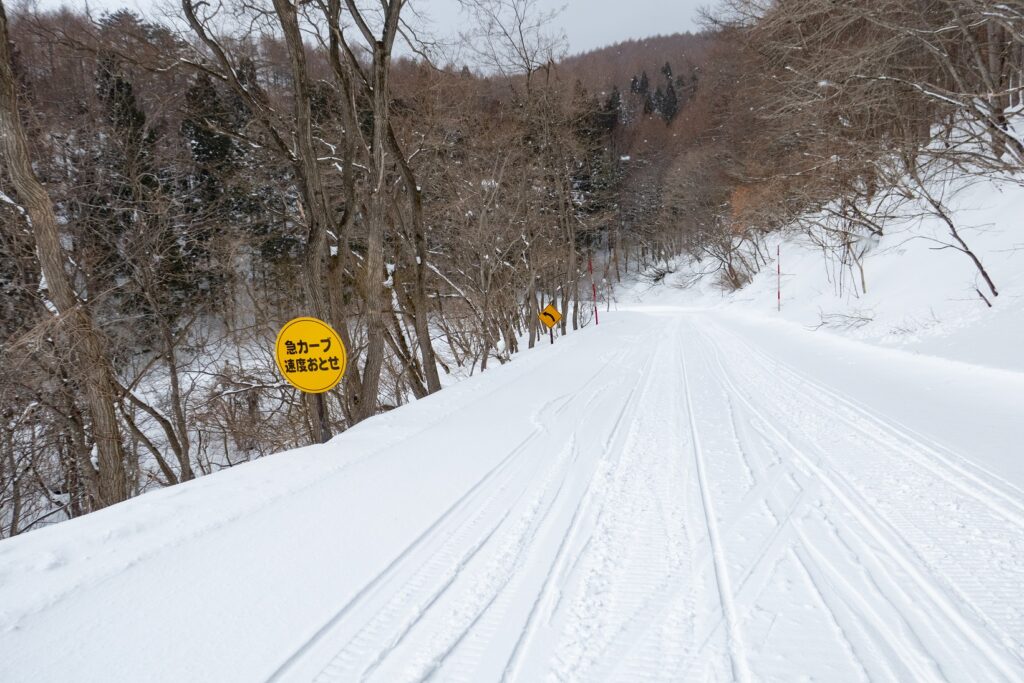
A lake spanning Aizuwakamatsu City, Koriyama City, and Inawashiro Town, ranking fourth in size in Japan. Due to its high transparency, it is also referred to as the “Heavenly Mirror Lake” (Tenkyoko). In the summer, you can enjoy swimming in the lake and water sports, and in the winter, you can see a flock of swans from Siberia, and the “splash ice ” that is frozen from the water splashes hit by the wind.
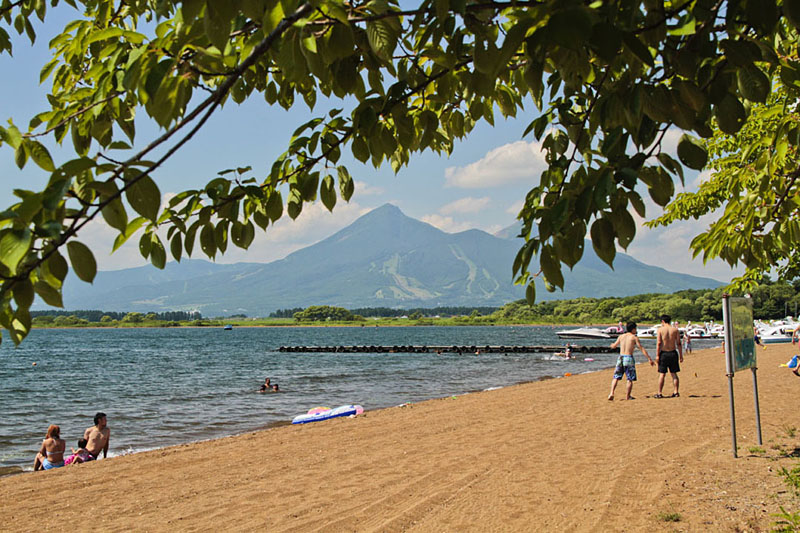
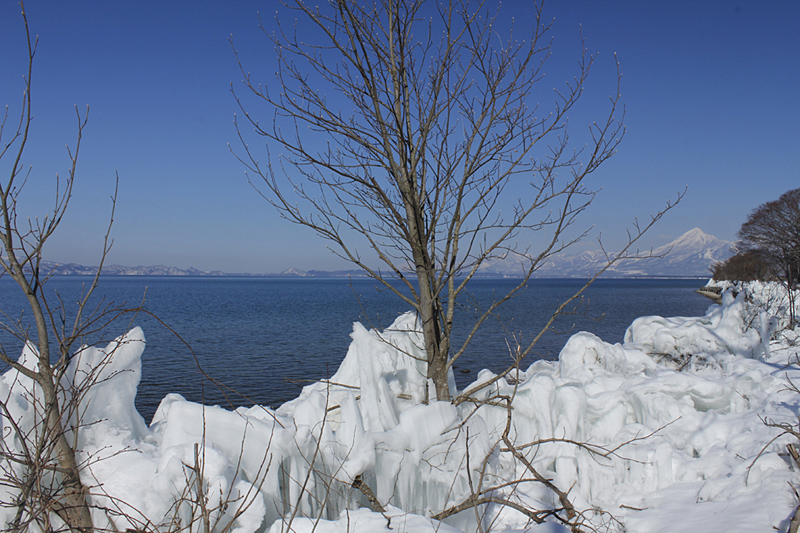
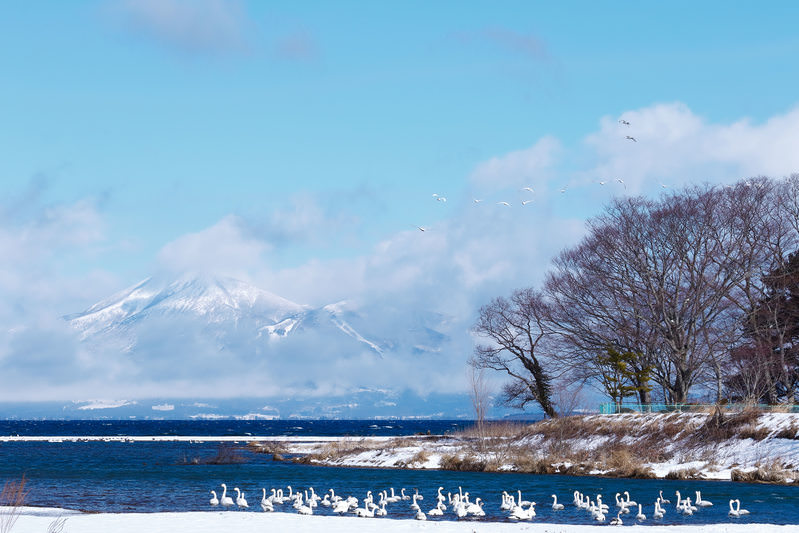
The Goshikinuma Ponds were formed by a steam explosion of Mt. Bandai in 1888. In 2016, it was rated as a Michelin Green Guide 1-star attraction. The name was given because it displays a variety of colors, such as emerald green, cobalt blue, and pastel blue, depending on the season and weather.
The different colors are said to depend on the weather, season, viewing angle, and volcanic substances in the water.
From spring to autumn, you can walk along the scenic route, which takes about two hours to return.

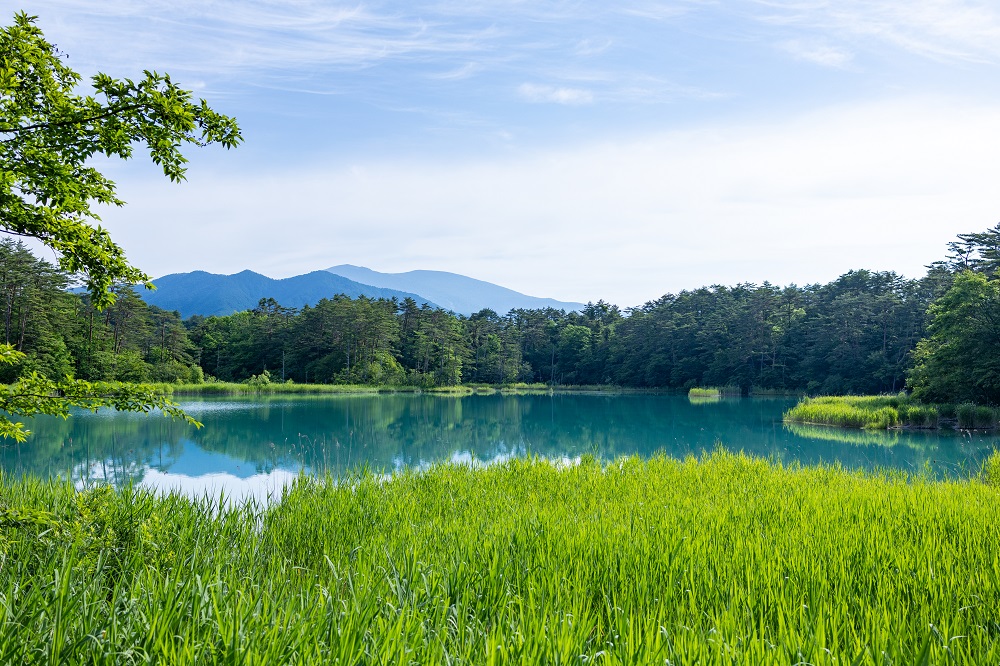
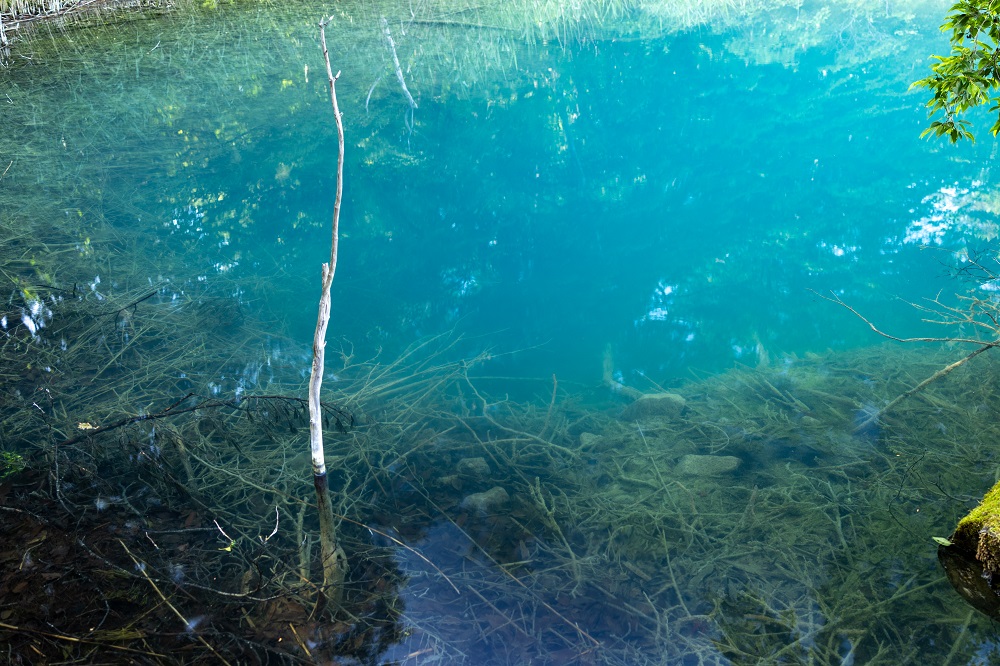
The largest lake in Urabandai (the area north of Mt. Bandai). In spring, cherry blossoms; in summer, fresh greenery; in autumn, vibrant foliage; and in winter, snowy landscapes—the scenery changes with each season. When the lake surface freezes in winter, you can walk on it and enjoy ice fishing for smelt, a unique winter pastime.
